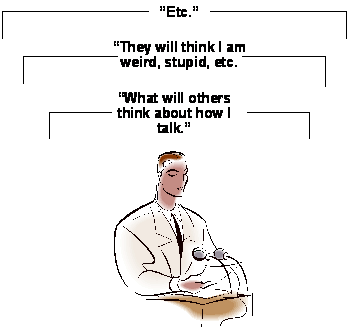By Max Stringer
May 2009
Wakeup word activated energized and aggressively combine bind power feeling force with words together as one become you mind link words with power and feelings.
Other person spoken to well, comforted and powerful attached words.
Aggression together with words flow binding to your mind. Smiling spoken words contact you will speak with complete power and feelings binding to you always AS with Now becoming stronger you feel. Loud and proud wake up feeling now, and YOU become confident speaker. Allow your mind to bind with these words I speak now. Becoming more confident you are completely able to speak all words spoken adding power punch again and again binding with you.
I speak the truth and you must listen to me now and add power and proud words spoken become you as always. Unlock and allow words to be spoken with energy and volume. Expect what you want to be given to you.
You are and will bind your mind now to these words I speak and allow my words to become you. Aggressively attack all words you speak, plying energy and powerful volume as you speak. I am telling you. These rules are important, and imagine them now becoming you. Speak loud proud binding together with you. Tall standing you will be.
Don’t ask questions only talk about yourself. Add value all the time to you. You are the only one who is correct. Speak first within 3 seconds to show you are in charge.
Listen now, all words owned within your mind are Large, big bold and loud. Bind these words to your reality. Ownership of the large, BIG and bold words is your control.
Imagine the huge words sitting in the sky. Becoming real as you speak them. Words in your mind becoming bigger bigger bigger. Massive and at your control. Power punch all words standing tall.
Wake up, think BIG WORDS I SPEAK. The most important think you should do is add power to the words you speak, add power to the words you think.
Allow your mind to add power to the words you think, listen and allow my words to become you. Always and forever place your words big and powerful within your mind.
Add a positive power punch to every word, adding energy and confidence standing up straight, adding power to your presence.
You are a good strong powerful speaker.
You are a good strong powerful speaker.
You are a good strong powerful speaker.
You are a good strong powerful speaker.
You ARE a brilliant speaker.
Once you start speaking, keep on running and running with your words.
Strong power words combine with other strong power words to create a super power network in your mind, words getting stronger and power fuller every time. Listen to these words and become these words now.
Note to self: Touch heart with every “You are”
Clench fist for every “Power”




